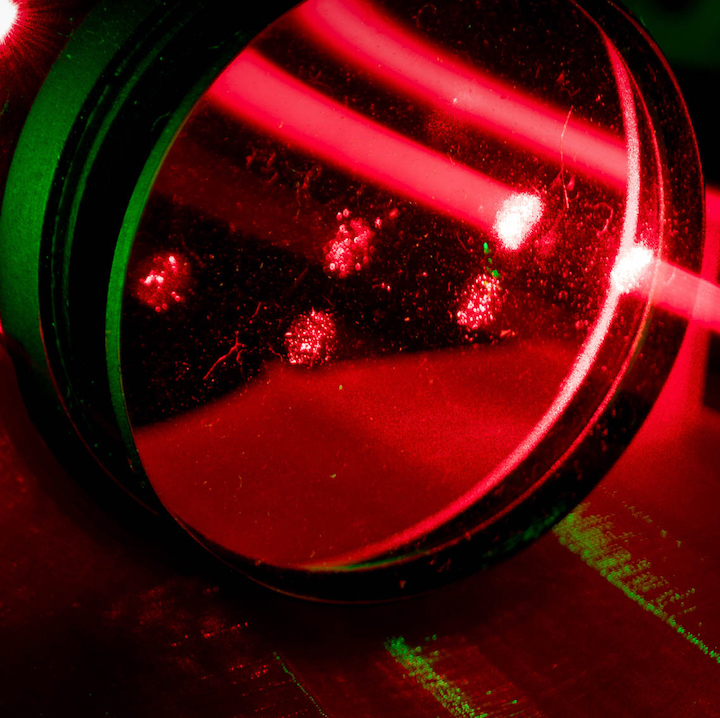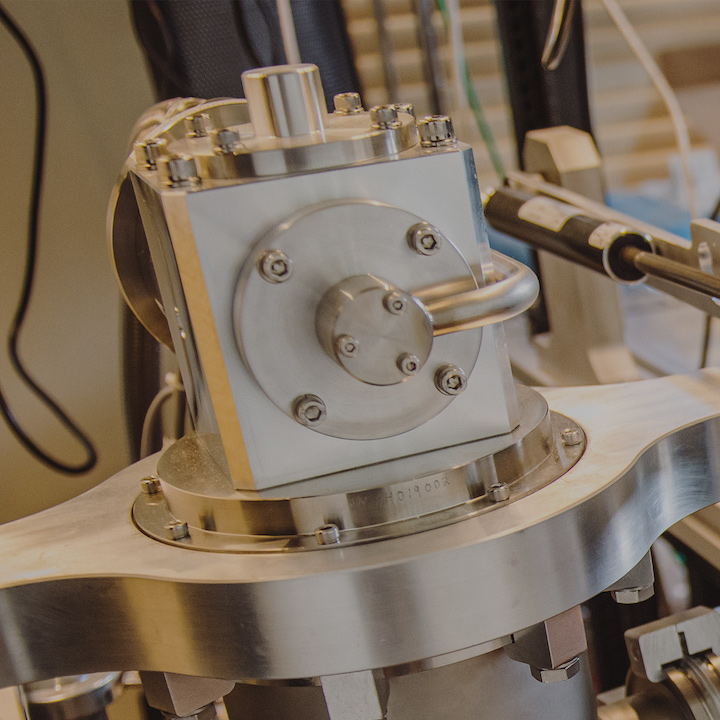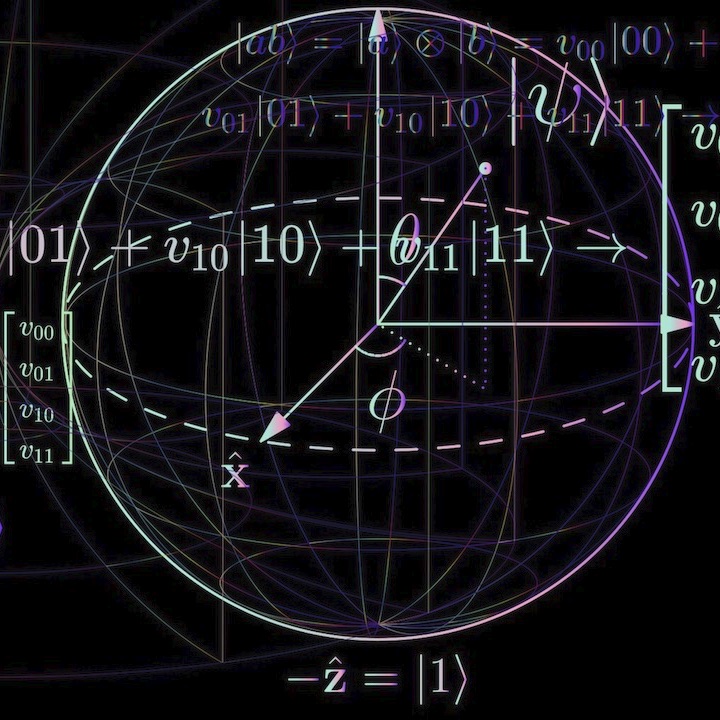Active Research Themes and Projects
Theory and simulation of quantum dot circuits
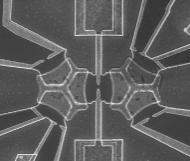 |
Title | Theory and simulation of quantum dot circuits |
| Investigators | Andrew Mitchell | |
| Pillar | Quantum devices |
When nanoscale components are incorporated into electronic circuits, the laws of quantum mechanics govern their basic properties. Striking phenomena can appear with no classical analogue -- such as entanglement, quantum interference, and fractionalization. The next generation of miniaturized electronics will overcome the limitations of traditional design paradigms by exploiting the novel functionality of the nano. In particular, quantum devices comprising circuits involving semiconductor quantum dots exhibit a fascinatingly rich range of physics at low temperatures, due to the interplay between strong electron interactions in the nanostructure, and entanglement with conduction electrons in the leads. This can give rise to Coulomb blockade physics, Kondo effects, quantum criticality, and the generation of anyons such as Majorana fermions and parafermions. These effects manifest in the thermoelectric transport properties of the device, since an electrical or heat current passing from bulk source to drain leads must pass through the quantum nanostructure. Such devices may find advanced applications in electronics, metrology/sensing, analog quantum simulation, and quantum computation. We model quantum nanoelectronic devices, use advanced computational physics techniques such as the numerical renormalization group to simulate their properties, and work closely with experimental collaborators around the world to develop and study new systems.
Control and thermodynamics of quantum systems
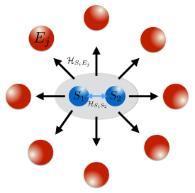 |
Title | Control and thermodynamics of quantum systems |
| Investigators | Steve Campbell | |
| Pillar | Quantum Devices; Quantum Information |
A key contributor in both fundamental and practical breakthroughs involving quantum systems is the exquisite levels of control achievable over the constituents. The need for such control has precipitated the rapid development of a range of techniques to coherently manipulate complex quantum systems that can be broadly classified into two camps: shortcuts-to-adiabaticity and quantum optimal control. Despite the remarkable progress, we still lack an understanding of the ultimate limits of controllability and how to achieve them, and what these limits tell us about the physical properties of quantum systems. We explore these issues by placing controllability as the central theme critically examining three common bottlenecks in achieving arbitrary levels of control: (i) the complexity of the protocols, (ii) the scalability of the techniques, and (iii) the implementability across architectures and in the presence of noise. By exploring the inter-relation between these, often compounding, effects we seek to develop the tools necessary to achieve the ultimate limits of controllability.
Correlated materials and magnetic devices
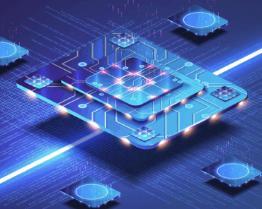 |
Title | Correlated materials and magnetic devices |
| Investigators | Andrew Mitchell | |
| Pillar | Quantum devices |
Quantum materials exhibit a diverse range of physical properties due to the emergent behavior of many strongly interacting electronic degrees of freedom. This can give rise to metallic and insulating behavior, magnetic ordering and quantum criticality, as well as more exotic effects such as superconductivity, topological order, and spin liquid physics. But the theory of such systems is notoriously challenging -- partly because of the sheer microscopic complexity of real materials, and partly due to the fundamental difficulty of the quantum many-body problem. The prospect of advanced technological applications for such materials has however spurred on the development of new state-of-the-art computational techniques for correlated materials simulation, such as dynamical mean field theory and tensor network methods. This has led to a deeper understanding of quantum matter and opened the door to rational design of new materials and the quantum devices built from them. In particular, quantum devices comprising layered heterostructures of different magnetic materials can produce complex behavior which can be tailored for use as artificial neurones in neuromorphic hardware, providing a pathway to future bio-inspired energy-efficient computing.
